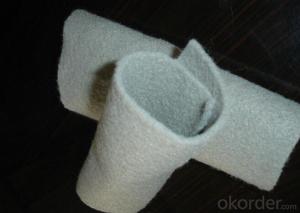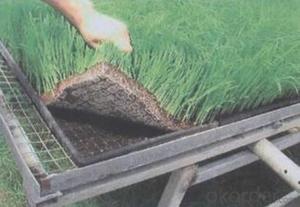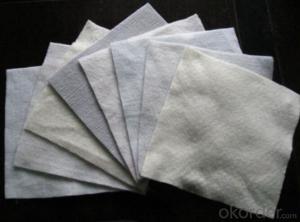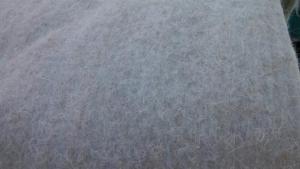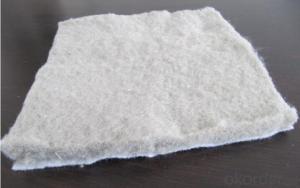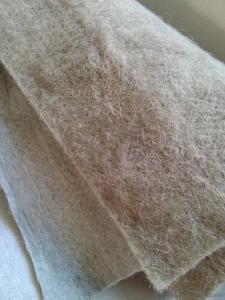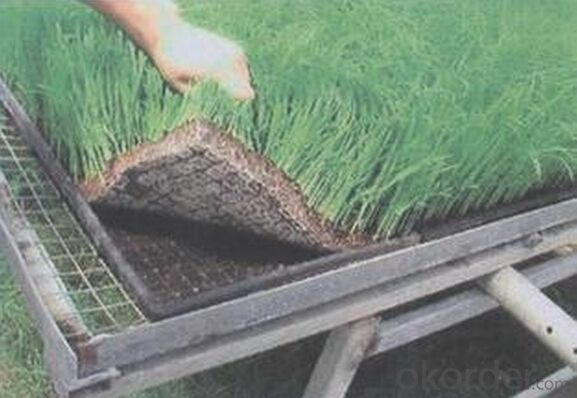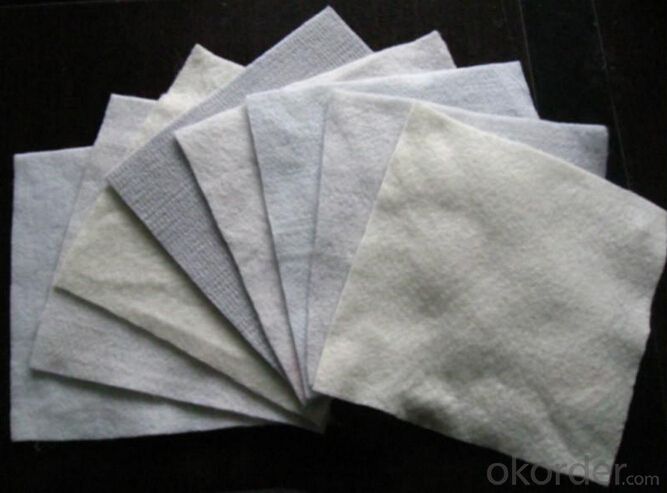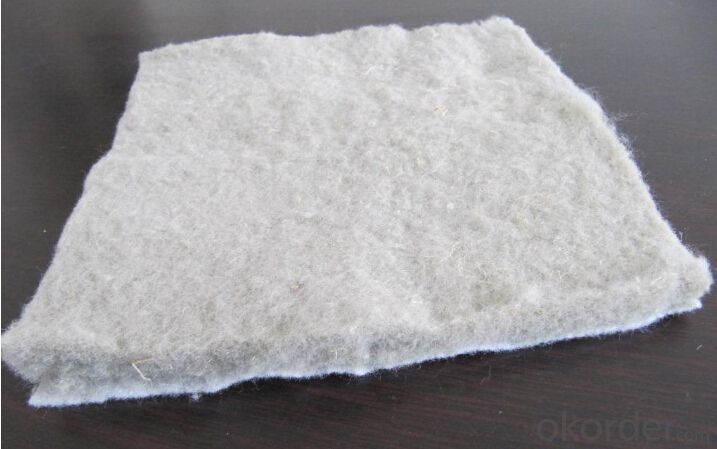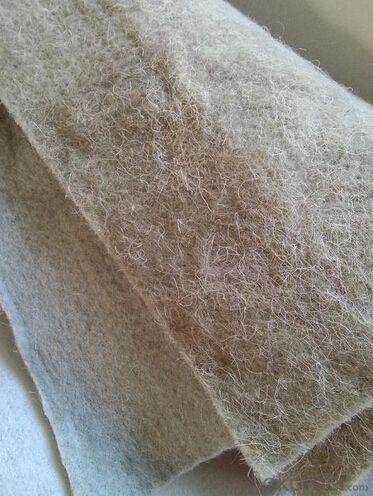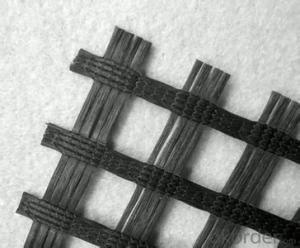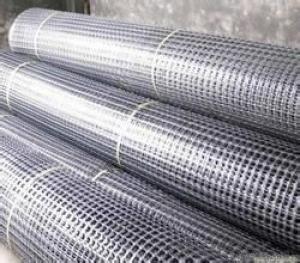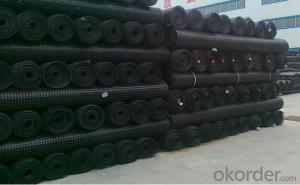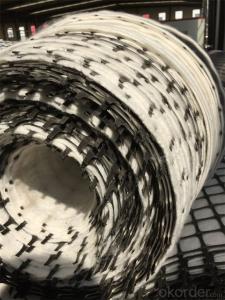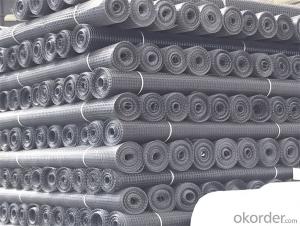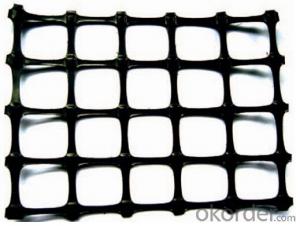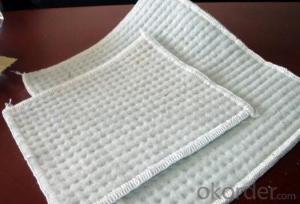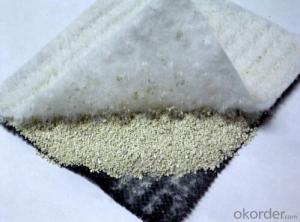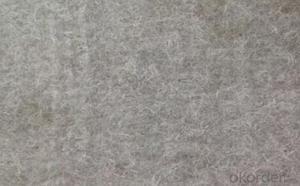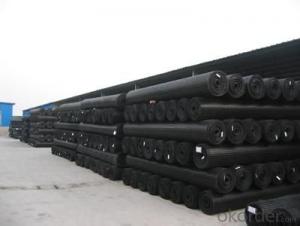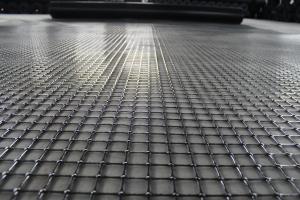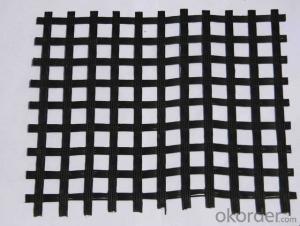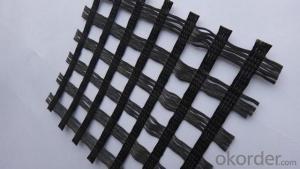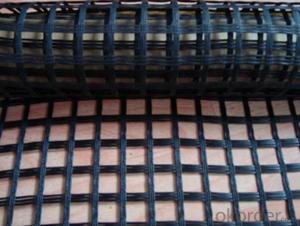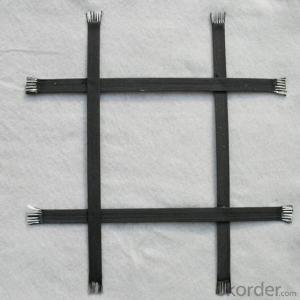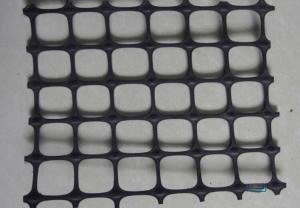Nutrition Geotextile Geogrids for Greening - Factory Supply from Thailand
- Loading Port:
- Qingdao
- Payment Terms:
- TT OR LC
- Min Order Qty:
- 5000 m²
- Supply Capability:
- 2000000 m²/month
OKorder Service Pledge
OKorder Financial Service
You Might Also Like
Nutrition geotextile in water environmental engineering .
Specification:
Separation: the loss of two or more materials, not mixed, maintain the overall structure and functional materials, the load bearing capacity of strengthened structures.
Filtration: when the water flows into the coarse material by fine soil layer, the use of staple fiber needle punched geotextile has good air permeability and water permeability, allows water to flow through, and effectively carrying current soil particles, sand, small stones and so on, in order to maintain the stability of soil and water engineering.
Drainage: the water guide with good properties and short fiber needle punched geotextile, it can be formed inside the soil drainage channel, the excess liquid and gas in the outer row of soil structure.
Reinforcement: the tensile strength of the reinforced soil and anti deformation capacity utilization of staple fiber needle punched geotextile, enhanced the stability of structures, to improve the soil quality.
Protection and maintenance function: water on soil erosion, effective will be concentrated stress diffusion, transfer or decomposition, to prevent soil from damage by external force.
Good flexbility, resistant to corrosion, resistant to acids and alkalis, anti-oxidation.
Product Feature:
1. Simple and fast construction
2. Achieve the greening effect quickly after construction
3. Due to the grass and composite fiber fabrics become into one integration, so it has the ability of certain degree of flow resistance for the water rising before the grass survive.
4. Composite fiber fabric is a continuous structure from slope top to slope toe, both ends are fixed, has high water flow resistance.
Technical Specification
5.0 m length and 1.05 m width. Reverse side all used filter material. Grass seeds: Bermuda grass (warm season grass), Bahia grass (warm season grass), Kentucky bluegrass (cold season grass), Tall fescue grass (cold season grass), Red fescue grass (cold season grass). Plant height: 0.1 ~ 0.5 m.
| NO. | Items | Specification | Notes | |||
| 1 | Total unit area weight g/sq.m | ≥380 | ||||
| 2 | dimension | width m | 1.0~2.0 | |||
| length m | as per user’s request | |||||
| 3 | Composite fiber fabrics | Material | Polyester Fiber | High strength PET | ||
| Unit area weight g/sq.m | ≥160 | |||||
| Mesh dimension mm | 8×8 | |||||
| Extension strengh kn/m | ≥11 | MD & CD | ||||
| 4 | Filtra layer | Material | Polyester non woven geotextile | |||
| Unit area weight g/sq.m | ≥40 | |||||
| 5 | Grass seeds, Fertilizer | Type | According to actual situation choose 3~5 grass seeds | |||
| Plant height m | 0.1~0.3 | |||||
| 6 | Fiber layer | Material | wood pulp cellulose | |||
| Unit areaweight g/sq.m | ≥15 | |||||
| 7 | flow resistance | ≥4 | not allow appear scour, suction and blanket turn-over etc. damage phenomenon | |||
| M/s | ||||||
| 8 | Anti-UV strengh conservation rate % | 65~80 | 3000hrs Continuously exposure 3000hrs | |||
| 9 | Supporting spare parts | ABS fastening nail | Material | ABS Resin | Fixed between two blankets by length direction | |
| Fiber diameter mm | 35 | |||||
| Nail length mm | 325 | |||||
| Lnail | Material | Steel wire (content 10% zinc-aluminium alloy) | Used to fix single blanket | |||
| Fiber diameter mm | 4 | |||||
| Nail length mm | 200 | |||||
| ABS connecting nail | Material | ABS Resin | Used in the slope between the two blankets ( width direction) | |||
| Nail length mm | 38 | |||||
| Connecting fiber | Material | High strength Polypropylene | Used in the slope between the two blankets ( width direction) | |||
| Length mm | Cut as per request | |||||
APPLICATION:
Generally laid on the river channel, slope protection etc. slope revetment projects, to control the water erosion, soil loss, meantime can reach the effect of slope ecological restoration and landscape greening, making river back to natural.
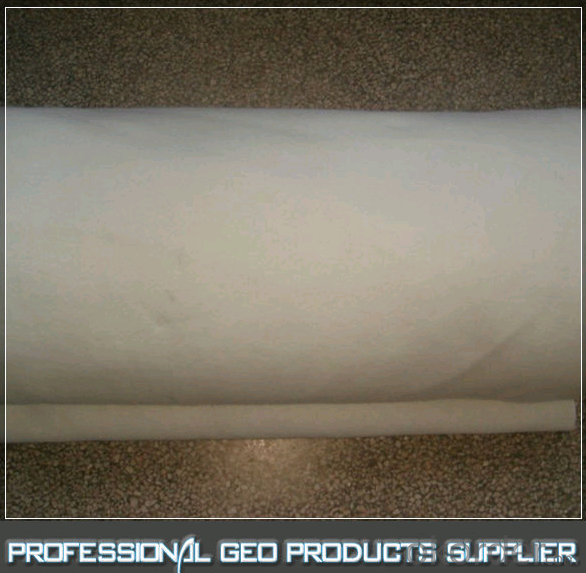
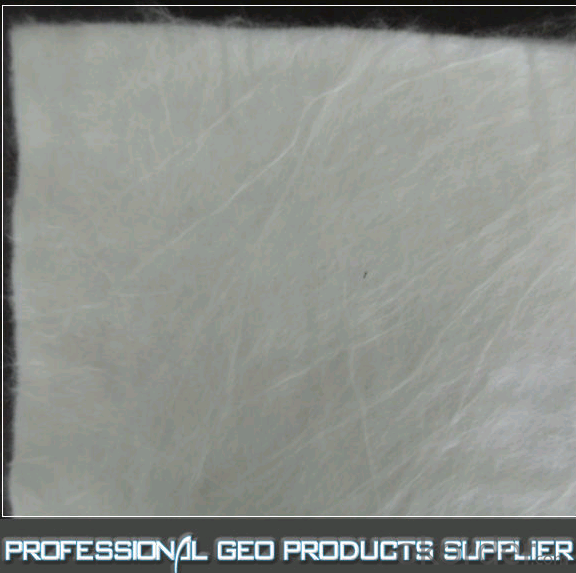
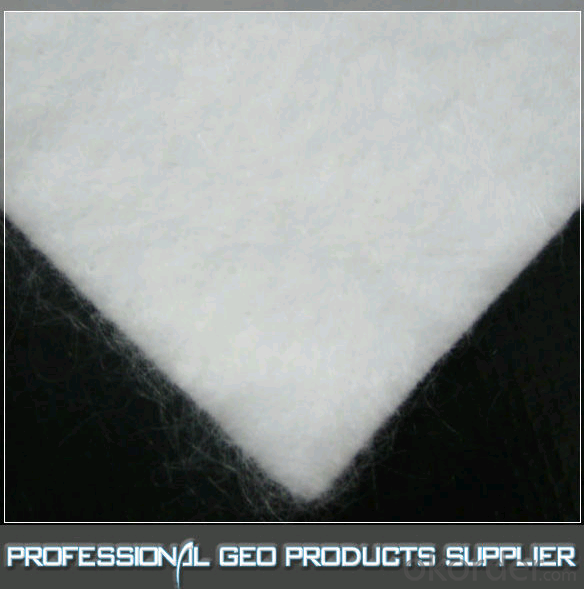
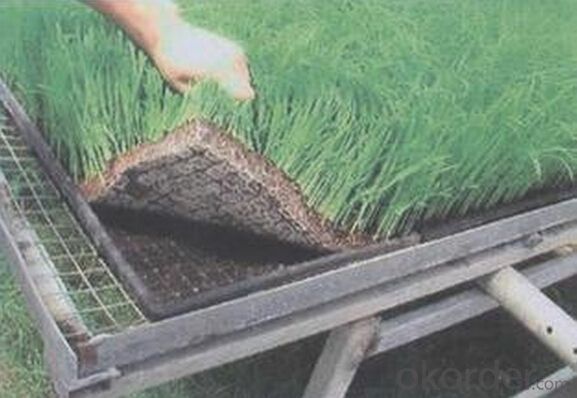
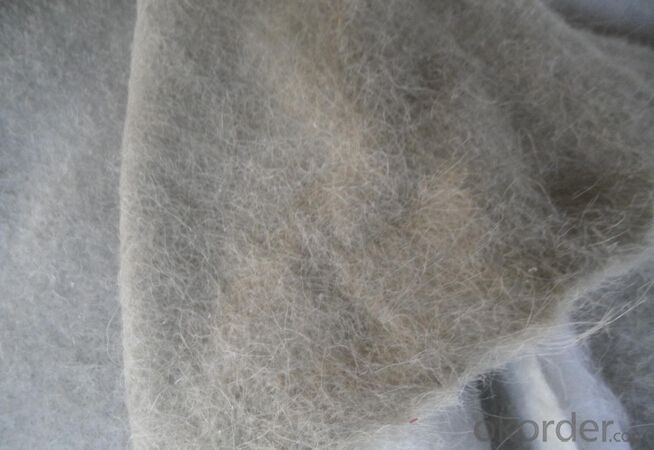
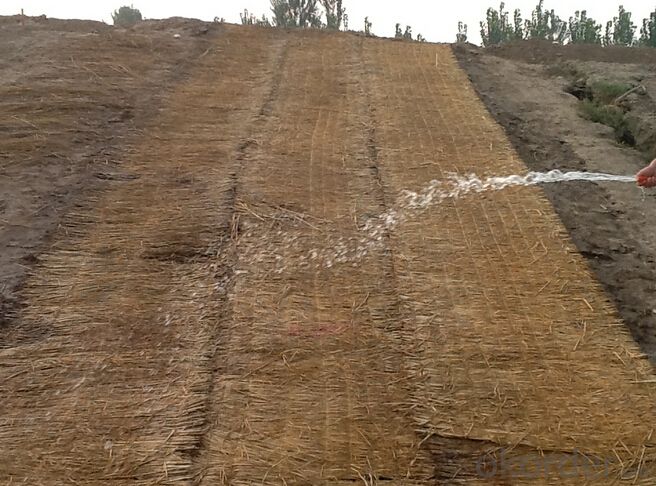
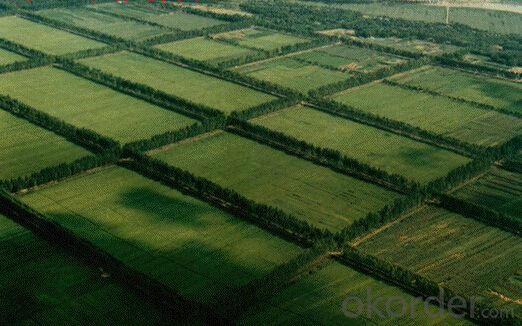
FAQ
1. How about the delivery time?
Lead time since receipt of 30% T/T deposit payment: 3 weeks.
2. What kind of payments does we support?
T/T, L/C, Cash are accepted.
3. What's are the MOQ?
We can according to your condition to set the MOQ.
And we can provide you samples for quality inspection.
4. How to deal with the sample charge?
Accordeing to our company policy, the samples are free, we only charge the freight fee.
And we will return the freight fee If you set the order .
5. Can you produce the product according to customers' requirements ?
Sure, we are professional manufacturer, OEM and ODM are both welcome.
6. Can you tell me your main customers?
That's our customers' privacy, we should protect their information.
At the same time, please rest assured that your information is also safe here.
- Q: Are geogrids suitable for use in cold climates?
- Yes, geogrids are suitable for use in cold climates. They are designed to be durable and can withstand freezing temperatures without losing their effectiveness. Geogrids provide reinforcement and stability to soil, making them useful in various applications such as road construction, retaining walls, and erosion control, even in cold weather conditions.
- Q: Can geogrids be used in stabilization of mine tailings ponds?
- Yes, geogrids can be used in the stabilization of mine tailings ponds. Geogrids are commonly used in civil engineering for soil stabilization and reinforcement. They can provide strength and stability to the soil, preventing erosion and minimizing the risk of slope failure. In the context of mine tailings ponds, where the soil is often unstable and prone to erosion, geogrids can be an effective solution for stabilizing the area and preventing environmental hazards.
- Q: How do geogrids improve the performance of geocellular systems?
- Geogrids improve the performance of geocellular systems by providing structural reinforcement and stability. They help distribute loads more evenly across the system, preventing localized stress and potential failure. Geogrids also enhance the interlocking of cells, increasing the overall load-bearing capacity and reducing the likelihood of deformation or settlement. Additionally, these grids enhance drainage within the system, allowing for efficient water flow and preventing water accumulation. Overall, geogrids significantly enhance the durability and long-term performance of geocellular systems.
- Q: What kind of experiments need to be done to check geogrid
- Generally do tensile test, the main determination of 2%, 5% and 10% corresponding strength. Strict requirements for the deformation of the project, strictly speaking, but also to do creep test, but the creep experiment takes too long, most projects do not do.
- Q: Can geogrids be used in retaining wall drainage systems?
- Yes, geogrids can be used in retaining wall drainage systems. Geogrids are commonly used to provide additional stability and reinforcement to retaining walls. They help to distribute the load and prevent soil erosion behind the wall. Additionally, geogrids can enhance the drainage system by allowing water to flow through them, preventing the buildup of hydrostatic pressure behind the wall. This helps to maintain the structural integrity of the retaining wall and prevent any potential damage.
- Q: Can geogrids be used in reinforced soil slopes for seismic applications?
- Yes, geogrids can be used in reinforced soil slopes for seismic applications. Geogrids are commonly used to reinforce soil and provide stability in various applications, including slopes. In seismic applications, geogrids can enhance the performance of reinforced soil slopes by improving their resistance to lateral movements and reducing soil displacements during earthquakes. The use of geogrids in reinforced soil slopes for seismic applications helps to increase safety and mitigate potential damage.
- Q: Can geogrids be used in reinforced earth walls?
- Yes, geogrids can be used in reinforced earth walls. Geogrids are commonly used as reinforcement materials in the construction of reinforced earth walls. They provide tensile strength and stability to the soil structure, enhancing its load-bearing capacity and overall performance.
- Q: What are the factors that affect the installation time of geogrids?
- There are several factors that can affect the installation time of geogrids. First and foremost, the size and complexity of the project play a significant role. Larger and more complex projects may require more time for planning, preparation, and execution. The type and condition of the soil also impact installation time. Soft or loose soils may require additional stabilization measures before the geogrids can be installed, which can extend the overall installation duration. Similarly, rocky or hard soils may require specialized equipment or techniques, which can also increase the installation time. The availability and accessibility of the site can also affect installation time. If the site is difficult to reach or has limited space for equipment and materials, it can slow down the installation process. Additionally, factors such as weather conditions, environmental restrictions, and safety considerations can further influence the installation time. Lastly, the experience and expertise of the installation team can greatly impact the efficiency and speed of the installation process. A skilled and experienced team can streamline the installation and overcome any challenges more effectively, reducing the overall installation time.
- Q: Are geogrids suitable for reinforcing railway subgrades?
- Yes, geogrids are suitable for reinforcing railway subgrades. Geogrids help to improve the stability and load-bearing capacity of the subgrade by distributing the loads more evenly. They also reduce soil movement, improve drainage, and prevent the formation of cracks and settlement. Overall, geogrids can significantly enhance the performance and longevity of railway subgrades.
- Q: Do you need a geogrid to fill the stone roadbed?
- And easy to damage the grille. Best used in filling roadbed
Send your message to us
Nutrition Geotextile Geogrids for Greening - Factory Supply from Thailand
- Loading Port:
- Qingdao
- Payment Terms:
- TT OR LC
- Min Order Qty:
- 5000 m²
- Supply Capability:
- 2000000 m²/month
OKorder Service Pledge
OKorder Financial Service
Similar products
Hot products
Hot Searches
Related keywords
